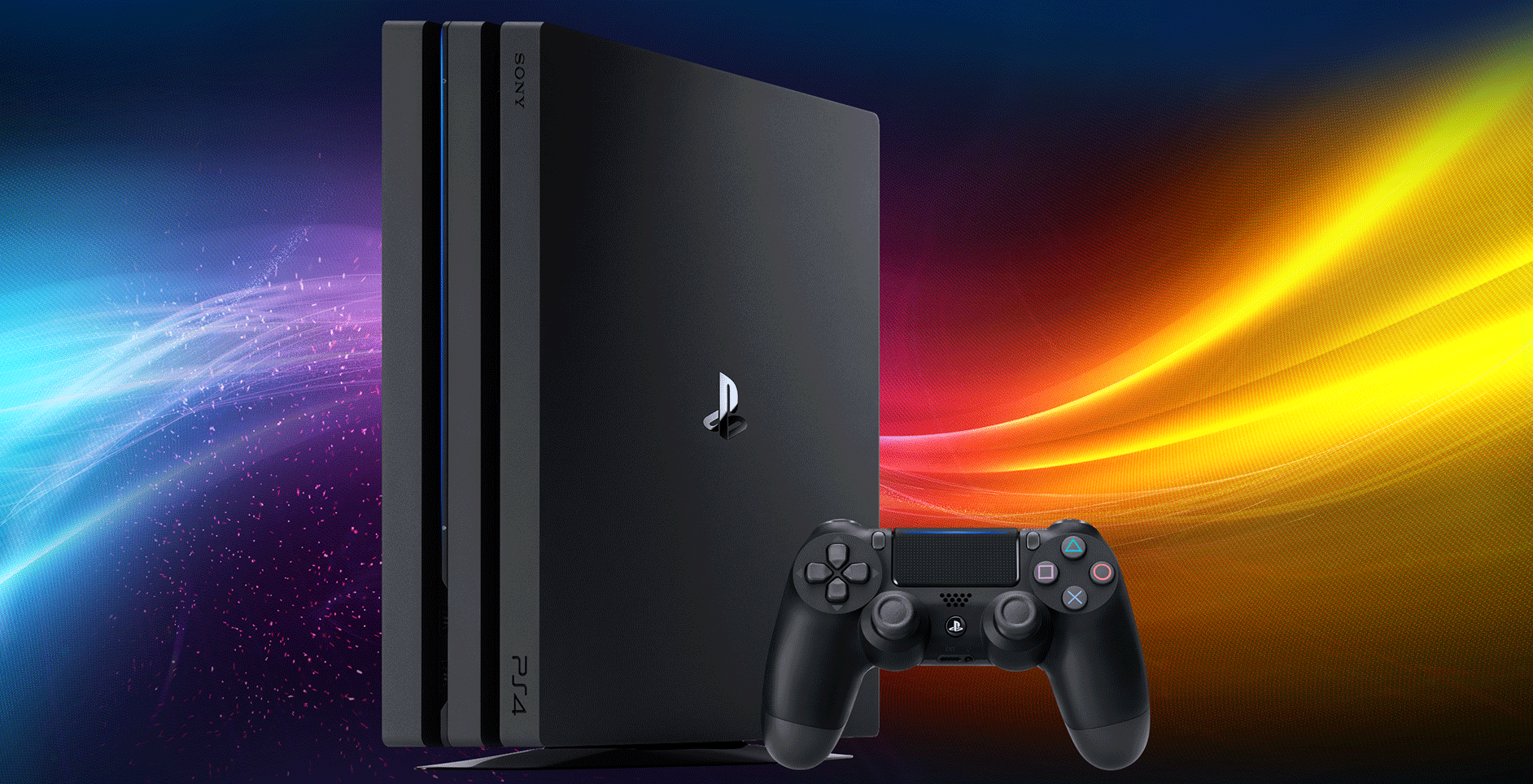The PlayStation 4 Pro is an exciting new chapter in the PlayStation journey which marks the first time we’ve seen a true mid-generation hardware upgrade. The PS4 Pro was revealed to confusion, but after spending a few days with the console, it’s now a lot clearer just how it will benefit our gaming life, but unfortunately, it’s still very different on a game-by-game basis.
The console itself is now all-matte, which I actually really appreciate. My cover plate on the original PS4 is incredibly scratched up and constantly getting smudged, so I feel that the PS4 Pro will better handle wear and tear. That extra ridge isn’t as bad as I initially thought it would be and the console soon blends into your gaming setup.
From a hardware perspective, not a lot has changed. We now have an added USB port at the back, which definitely helps for PlayStation VR owners. The console finally supports 5 GHz Wifi. We’ve got 1 GB more of standard RAM, which is being used to run the OS in glorious 4K. The Pro is only available with a 1 TB hard drive, which will be enough for some, but Sony has made it even easier to upgrade than before. There’s a bunch of smaller enhancements too. Remote Play will now stream in 1080p/60FPS, share video at 1080p/30FPS and you can stream to Twitch at 1080p/60fps.

PS4 Pro users will see an increase when gaming in 1080p too. For instance inFAMOUS: First Light and Second Son will allow the game to run at a more solid framerate. Ratchet and Clank will take advantage in the form of better resolution, which is down-scaled to 1080p. Rise of the Tomb Raider is able to provide a smooth experience in 1080p and 60FPS. This is a trend that I’d like to see continue.
When it comes to PlayStation VR, improvements are noticeable but they won’t change the core experience. Obviously, the resolution of the actual VR headset won’t be increased, that’s a limitation of the headset itself rather than the actual console. There’s a small handful of games that have already been patched including Battlezone, REZ Infinite, Bound and Robinson: The Journey. You’ll be able to experience things such as improved lighting, more detail and a higher resolution in some more graphical intensive games.
It’s also important to note that if you’re wanting to take advantage of HDR, you’ll need to go direct from your PlayStation 4 Pro to your TV. The PS VR processing box is capable of processing a 4K signal, but not HDR.

But, the real draw card of the PlayStation 4 Pro is increased visual fidelity in the form of 4K and HDR. I’d like to preface this part of the review by saying that if you own a 4K TV with HDR, then you should absolutely look to upgrade to a PlayStation 4 Pro at some point. Games that utilise the PS4 Pro power to increase resolution and implement HDR such as Uncharted 4 and inFAMOUS: First Light, will see a great deal of difference.
inFAMOUS: First Light allows you to choose between HDR/NON-HDR and improved resolution/framerate. Flicking between an improved resolution and framerate quickly allowed me to see just how big of a difference the increased resolution made in the menus alone. Anti-aliasing is improved, text was instantly sharper and didn’t have any weird pixelation around the edges. It made everything pop that little bit more and allowed specks of lightness to be crisper and more recognisable than what I’d have witnessed on a regular PS4 console. Uncharted on the other hand only allows you to flick between HDR/NON HDR which makes quite a big difference in recognising minor details. For instance, with HDR on, you can clearly see the detail in the sun and the sky. This is due to the fact that HDR allows every pixel to be lit up individually so you’re able to get darker detail amongst bright light.

There’s supposedly a great number of games that will support PlayStation 4 Pro, but I became confused as I tried more games. The main issue with PlayStation 4 Pro is that there is not yet any standard in handling the 4K/HDR improvements. Sure, it’s great that developers can utilise the power in a number of different ways, but there isn’t great communication. For instance, NBA 2K17 allegedly runs at native 4K with HDR implemented, but there is absolutely no way for me to know. There’s no obvious menu option that grants me any choice on how to utilise the extra power such as there was for inFAMOUS: First Light. From what I can tell, most patch notes don’t really reference the PlayStation 4 Pro and if they do, they don’t mention what the exact improvements are. I think there needs to be greater consistency to avoid confusing general consumers.
Games such as Titanfall, Battlefield 1 and FIFA 17 are all no different. There isn’t any indication on whether they’re PS4 Pro compatible and if they are, there’s absolutely zero information on what the precise improvements are. Sure, you could find this information online but it just feels like it’s too far away from what console gamers have come to expect. There’s something nice about putting a disc in and knowing what you’re going to get without having to worry about whether you’ve correctly set up the console to best utilise the 4K, HDR, improved framerate or all of the above.

An exception is Rise of the Tomb Raider, which does a great job at this with providing three distinct options in the settings. You’re able to play in 4K whilst limiting the frame rate to 30FPS, 60FPS and 1080p or 1080p and 30FPS with increased visual effects. In my opinion this is the benchmark and quite frankly, what I expect going forward. Gamers should be able to choose what improvements they see and if this were the case, I’d have no hesitating in recommending a PS4 Pro to every current PS4 owner.
I have no doubt that Sony’s first party studios will do an excellent job with PlayStation 4 Pro. I got to witness a new Horizon: Zero Dawn demo which showed off the huge benefits of PlayStation 4 Pro with clearer objects in the distance, and more realistic lighting, but I’m still really unsure about how third parties will continue to utilise the console going forward.
CONCLUSION
The PlayStation 4 Pro is the most powerful console on the market and is definitely better than the PlayStation 4 in every way. If you’re buying a PlayStation 4 for the first time tomorrow, you’re getting an absolutely fantastic and futuristic console in the PS4 Pro, regardless of whether you have a 4K TV or not. If you already own a PS4 then it gets a little bit murkier. If you play your PS4 every day, then you’re likely a good candidate for the upgrade with everything running just a little bit smoother. If you’re a casual gamer, then I’d recommend playing the waiting game to see how the majority of developers utilise the extra power.



